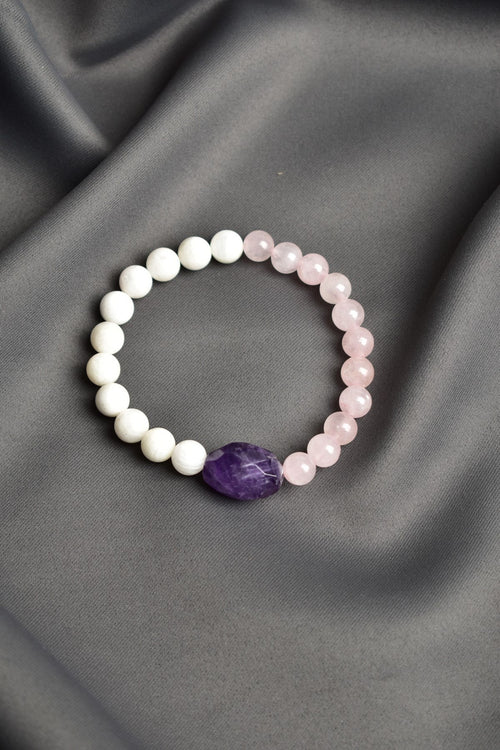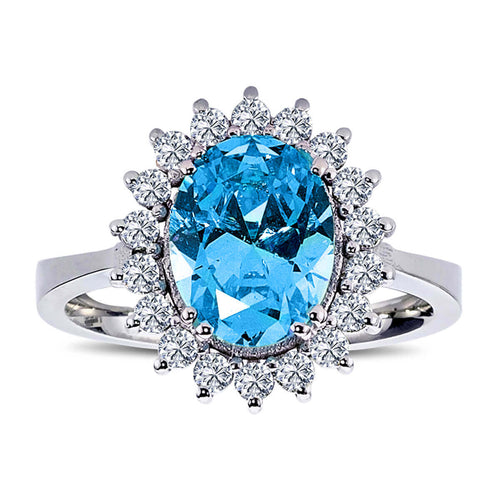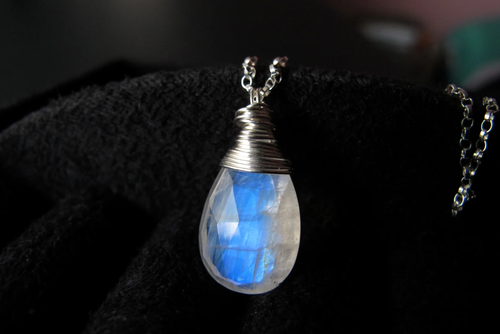ALL PRODUCTS IGSL INTERNATIONAL CERTIFIED
The colors of natural stones are the result of factors such as the chemical composition of the stone, the minerals it contains, and geological formation processes. Colors are formed depending on how certain elements are integrated into the crystal structure of the stone and how these elements absorb or reflect light. Here are a few basic factors that explain how natural stones get their colors and what natural metaphors result from these colors:
1. Existence of Elements
- Chromium : The element chromium is often responsible for the green and red colors of gemstones such as emerald and red spinel. For example, the chromium in emerald gives the stone an intense green color.
- Iron : Iron creates a variety of colors in different oxidation states. For example, the purple color of amethyst is the result of the presence of iron ions in the stone's structure and the interaction of light with these ions.
- Copper : Copper gives blue and green hues to stones such as turquoise and malachite. The oxidation of copper causes these vibrant colors to form.
2. Interaction of Crystal Structure and Light
- Pleochroism : Some stones show different colors when light enters the stone from different angles. This is known as pleochroism. Stones such as iolite and tourmaline have this property and can show different colors as a result of light being reflected from different angles.
- Inclusions : Other minerals or foreign materials trapped within stones can cause discoloration of the stone. For example, quartz containing rutile needles will create gold or silver streaks within the stone.
3. Heat and Pressure
- High heat and pressure can change the color of stones. For example, heat treating amethyst can turn the stone yellow. This process can also contribute to the formation of natural citrine.
4. Oxidation and Reduction
- Oxidation can cause a stone to change color when an element combines with oxygen. For example, the reddish-brown color of hematite is the result of iron oxidizing.
- Reduction is a process that occurs with the loss of oxygen, and this can lead to changes in the color of the stones. For example, the blue or green colors of some opals can be associated with reduction processes.
Natural Metaphors
- Rainbow Colors (Spectral Distribution) : The multicolored games that opal stones have are the result of light being distributed differently within the stone. This creates a metaphor similar to a rainbow in nature, with light being refracted and different color tones emerging.
- Ocean Waves (Ripple and Movement) : Stones such as labradorite and moonstone exhibit undulating, moving plays of color when interacting with light. This evokes a natural metaphor, such as ocean waves shimmering in the light.
The colors and formation processes of natural stones reflect the tremendous diversity and richness of nature. Each stone gains its unique colors and patterns as a result of geological processes and chemical reactions that last thousands of years. These processes ensure that the stones have great importance both aesthetically and scientifically.



























